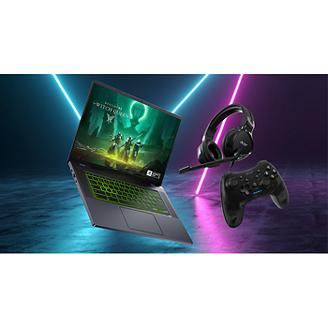I bought a KVM switch with HDMI and USB ports to connect another PC to my Acer Nitro AN517-55 laptop.
The problem is that I can't get it to work using the laptop's HDMI port. If I connect it with a converter to the rear USB-C port (the port next to the HDMI port), it works, but this doesn't work because it doesn't use the NVIDIA graphics card through this output, but rather the integrated Intel one.
The switch I have is this one:
https://www.amazon.com/-/es/Conmutador-conmutador-computadoras-dispositivos-impresora/dp/B092PWBV1D/ref%3Dsr_1_6?__mk_es_US=%C3%85M%C3%85%C5%BD%C3%95%C3%91&sr=8-6
My external monitor normally operated at 120Hz. I tried connecting it directly and lowering the rate to 60Hz because the switch seems unable to go higher than that, but I still can't get it to work. It connects immediately with the other PC.
Can you help me understand how to solve this? Or if the switch must meet some specific feature that the one I have does not have?









